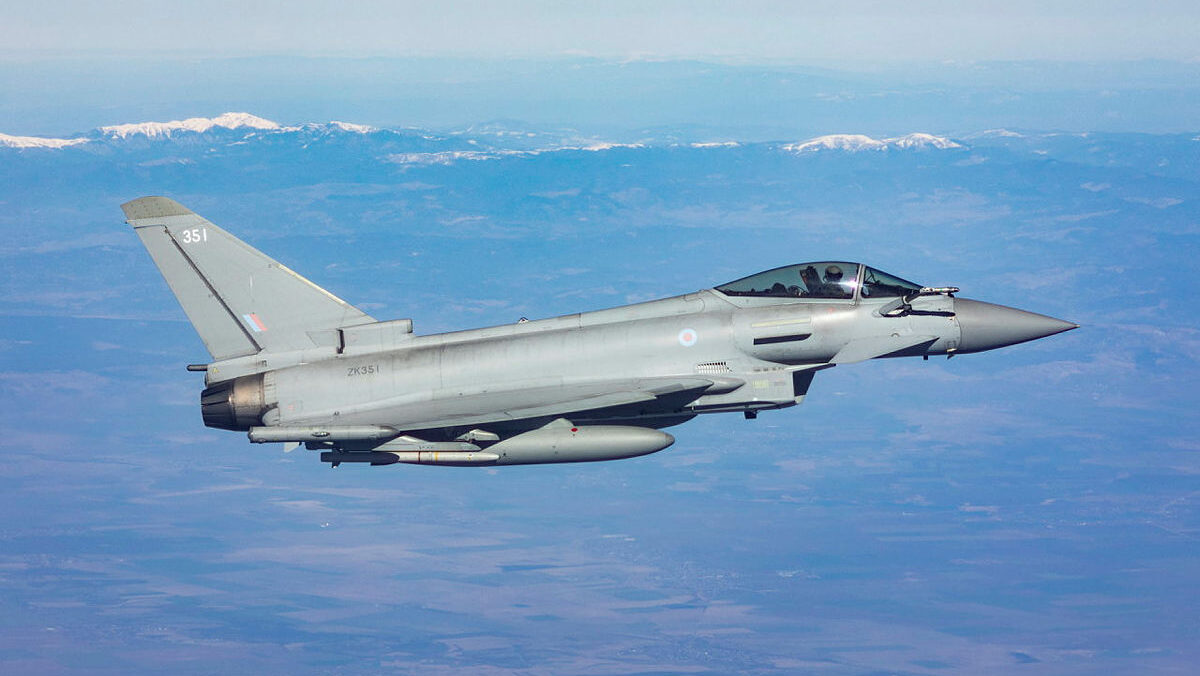Where’s the money, honey? Defense industrial investments are clearly at risk.
In this op-ed, Jeff Bialos does the math on why defense investment accounts might be in trouble going forward.


Bullets lay on top of US currency. (Getty)
While there is a bipartisan consensus in the national security community that we need a larger and more robust set of defense industrial capabilities to meet our military needs, recent defense budget developments confirm that there is no national consensus in favor of the increase in defense spending needed to make this happen.
In short, the sustained disconnect between our sizable ambitions and limited resources, including notably the decline in investments under the recently enacted 2025 continuing resolution and likely cuts to key investment accounts as part of Defense Secretary Pete Hegseth’s budget drill — with no good solution in sight.
Significantly, to achieve everything that defense advocates call for (new entrants, greater production rates and an overall reinvigoration of the defense industry) we need a material, or step function, increase in our so-called defense “investment accounts” — research, development test and evaluation (“RDT&E”) and procurement — on an order of magnitude increase of 15-25 percent on a sustained basis.
Yet, there’s the crux of the disconnect between ambitions and resources, an open secret over recent years. The reality is that the size, scope and robustness of the defense industry is a function of the defense budget, and the requirements and programs it funds. Yet, American political leadership of neither party has made the case for needed funding for an expanded defense industrial base to a public focused on other competing domestic goals in a constrained resource environment.
During the Biden administration, the DoD issued a national defense industrial strategy but failed to provide any meaningful additional funding needed to implement it. DoD continued to sing the song of an expanded defense industry and the need to move “beyond prototypes” and to expand factories, but the rhetoric was far ahead of the reality even with the Ukraine supplementals of 2023-2024, which allowed at least some replenishing of US stockpiles.
Congress has not risen to the challenge either in recent years, whether Democrats or Republicans have been in charge. Most worrisome is the recently enacted 2025 continuing resolution (CR). Fresh analysis shows that while the total defense base budget under the CR decreased very little — from $843.2 billion in 2024 to approximately $841.5 billion, with final figures still being worked out — the 2025 CR’s defense investment accounts move sharply in the wrong direction. Significantly, under the 2025 CR, our net investment account spending fell by roughly $13.1 billion or approximately 4 percent versus 2024 (or 10 percent if supplemental spending is included, with supplemental procurement falling from $24 billion in 2024 to under $6 billion in 2025).
In short, this is the first decrease in our defense investment spending in a decade (i.e., since sequestration). Thus, where’s the money honey? Needless to say, at a time when we’re strongly encouraging our allies to ratchet up their spending (and rightly so), it is not a great look for the US to decrease our defense industrial base spending.
On top of that, there is the question of Hegseth’s 8 percent realignment of defense spending planned for the FY26 budget request and beyond. If we use the $850 billion budget as a baseline, that would roughly require $68 billion to be moved around. But because of how the Pentagon operates, that realignment is almost surely going to result in deep cuts through the FYDP in the investment accounts that determine the size and scope of the defense industry.
In this regard, when viewed by its constituent elements, a considerable portion of the defense budget (roughly 61 percent) is typically spent on military personnel (MILPERs, 22 percent of the budget), where cuts undoubtedly will be very limited due to a need to fund military payroll increases and a desire to maintain end strength; and operations and maintenance (O&M, roughly 39 percent of the budget), where cuts also are likely to be limited as cuts in some operations — for example in installations in the European theatre — are likely to be offset by increased expenses elsewhere. Moreover, scaling down operations abroad also have costs associated with them.
Let’s risk some possible math, based on educated guesswork. Assume, for argument’s sake, that MILPERS and O&M, accounting for 61 percent of a $850 base DoD budget (about $518.5 billion) would only be cut by 4 percent overall, or $20.7 billion, rather than 8 percent. This means that the remaining accounts totaling 39 percent of the DoD budget overall (or $331 billion), which include RDT&E, procurement and a small “miscellaneous” or other account, would need to be cut by $47 billion (a cut rate of 12.7 percent) to get to the 8 percent in total cuts for DoD. (And, note that this same pattern was manifest in the 2025 CR when the overall budget cut was negligible but a sizable investment cut emerged, meaning that the non-investment accounts were largely untouched).
The issue becomes even more difficult when the areas Hegseth has excluded from the 8 percent cuts are taken into account, which include big ticket items like nuclear modernization, Virginia-class submarines, Navy shipbuilding, and homeland missile defense (the Iron Dome initiative). One can ballpark these exclusions from cuts as being in the range of $150 billion out of the $331 billion, with Navy shipbuilding about $40 billion alone and nuclear modernization at $49 billion. This means that all other areas of defense investment, accounting for roughly $181 billion would be very hard hit (to the tune of 26 percent or more in cuts). Needless to say, to anyone who has engaged in so-called “cut drills,” this would be extremely challenging to do. The only real option: deep cuts into other elements of defense RDT&E and procurement.
Of course, this analysis could be somewhat off if Hegseth’s proposed 8 percent shift is against some yet to be determined higher budget top line or is not year over year. But even if this analysis is somewhat off, the reality of a cut drill of this magnitude creates a serious disconnect between, on the one hand, a defense strategy of “peace through strength” and, on the other hand, 21st century budgetary realities.
In short, across both Congress and the executive branch, absent strategic actions and the building of a national consensus for more defense spending, we appear destined to continue the disconnect between strategy and resources that has plagued the Pentagon over recent years and becomes even further magnified in the context of the challenges we face going forward, including most notably, in the Indo-Pacific.
What can we do? Either make major and brutal cuts to legacy platforms, bases or other facilities (very hard to do politically and, in some cases, already walled off from cuts by Hegseth), starve research and development (a very bad idea given the challenges we face), or have a defense industrial strategy that plays only at the margins. This means that we can make some targeted investments and, in future wars, we’d again do what we did in Iraq, Afghanistan and Ukraine — use our flexibility and leading defense industrial capabilities to engage in triage and develop relevant solutions for the battle in real time. However, this ad hoc approach arguably may be far less effective against China.
In a perfect world, we could make holistic decisions looking at each separate defense capability area (think missile systems or radar), where all of the DoD constituencies are brought together, heads are knocked, and redundancies are eliminated, requirements are simplified, competition is added, commercial solutions are sought where we can, and so forth. I would strongly advise this.
The alternative is to try to change the way we buy weapons to speed things up, adopt nouveau approaches to acquiring software or turn more to non-traditional defense players for, in particular, less costly attritable solutions such as unmanned vehicles. Also, the Department of Government Efficiency (DOGE) can look for and undoubtedly find some additional organizational efficiencies — indeed, I can offer a few. But these steps, while useful, won’t materially change the overall math and dynamics.
The simple fact is that: 1) we still have a sustained need for: an array of low volume purchases of exotic systems and major platforms for key missions that are expensive and challenging to produce (with existing primes having comparative advantages over non-traditional players in producing things like manned fighter jets), including among other things manned fighters that perform missions which unmanned solutions can’t address today; and 2) we also have an expanded need for consumables, including expanded production of key munitions, and a stronger shipbuilding base.
To be sure, there is also a need for more focus on and investment in the relatively new category of attritables, higher volume and less expensive capabilities, with more emphasis on unmanned, agile and more resilient and distributed solutions from non-traditional suppliers. However, these solutions won’t substitute in the short term for this other range of high end capabilities and in any event their role in the Indo-Pacific is to be determined (it’s not a smaller, concentrated area like Ukraine where a ground war is being fought). And, by the way, no war has been won through attritable unmanned vehicles, so a wholesale shift in that direction, as some are urging, is unrealistic.
In short, the bottom line is that it is up to the Trump administration and Congress to make these choices and, hopefully, forge a more robust defense industry capable of meeting our overall needs.
Jeff Bialos is a partner in the Washington, D.C. office of Eversheds Sutherland (US) LLP, and a Co-Head of the firm’s Aerospace, Defense and Security Group. He previously served during the Clinton Administration as Deputy Under Secretary of Defense for Industrial Affairs.

































































































![The sights of Avalon Air Show 2025: Day Three [PHOTOS]](https://breakingdefense.com/wp-content/uploads/sites/3/2025/03/f-35-avalon-final-day-scaled-e1743079275404.jpg?#)
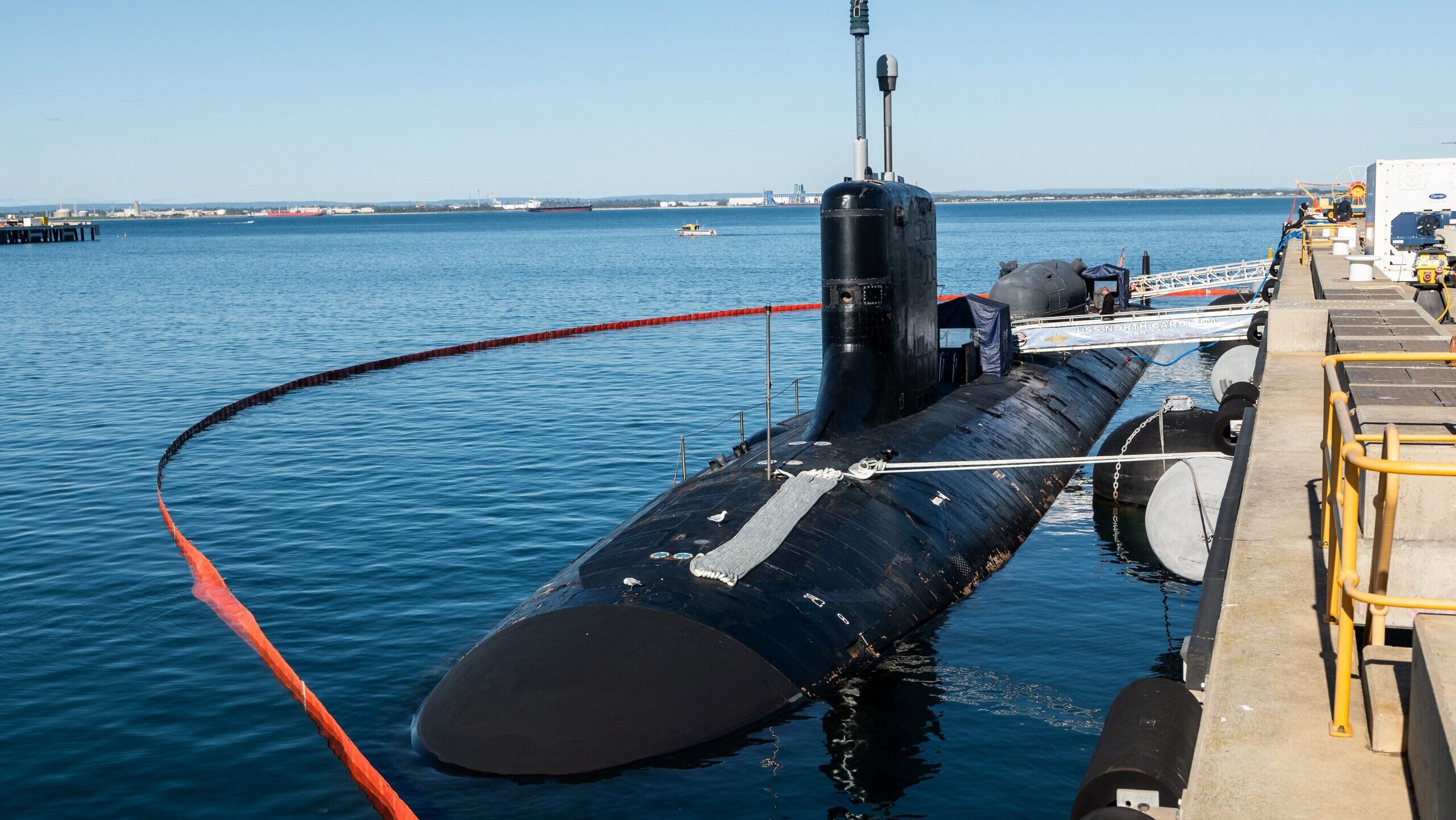
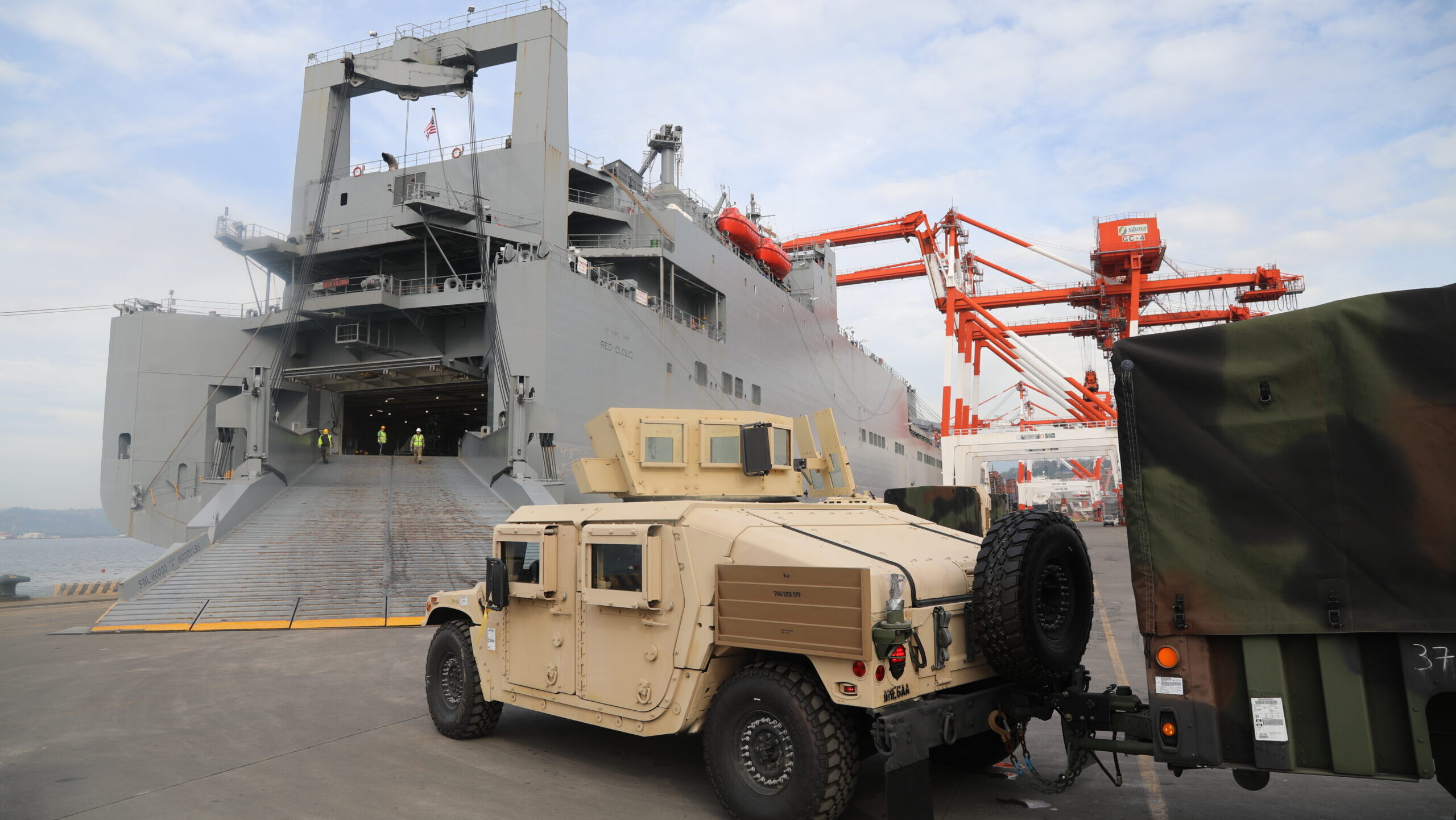











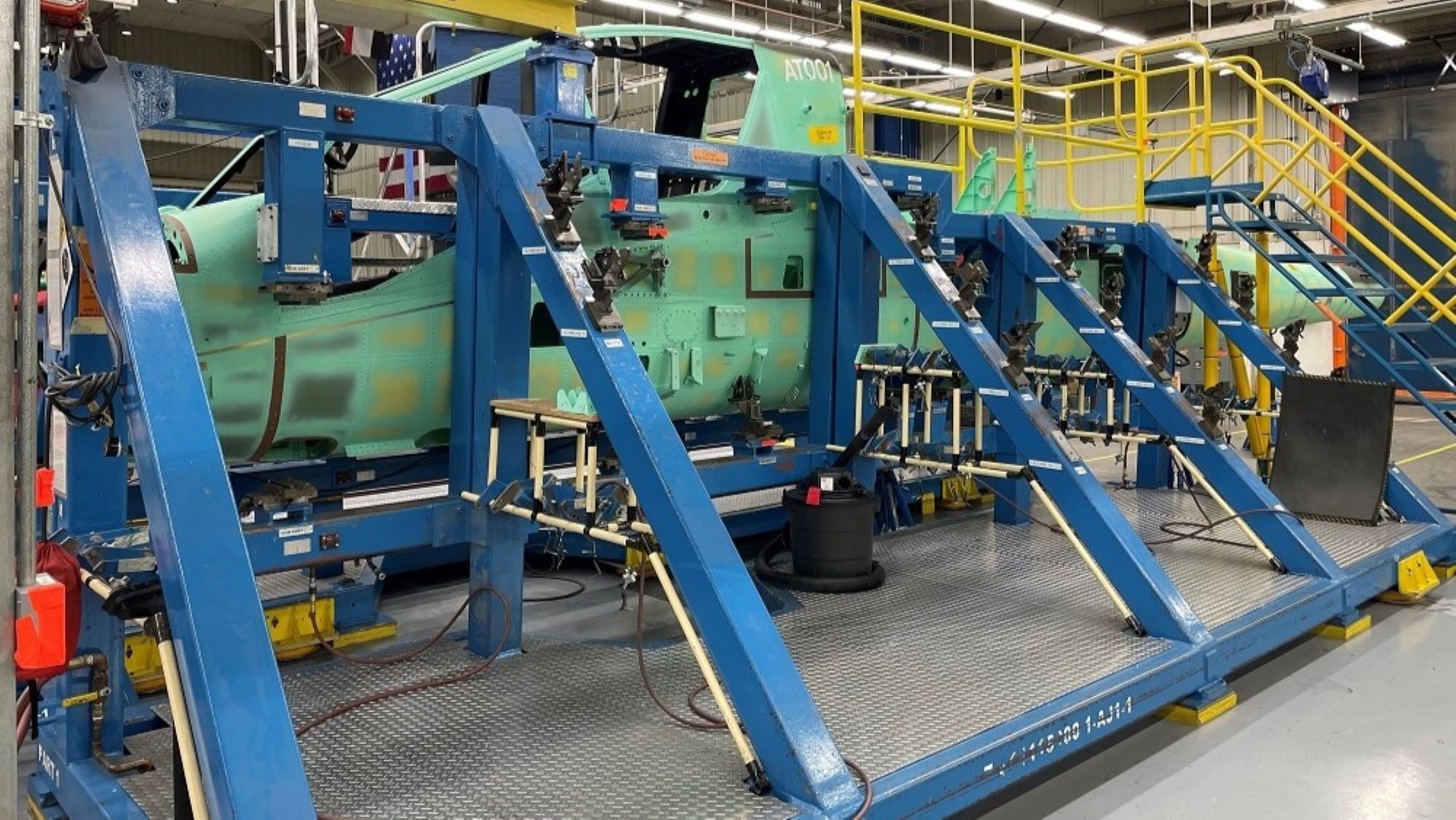





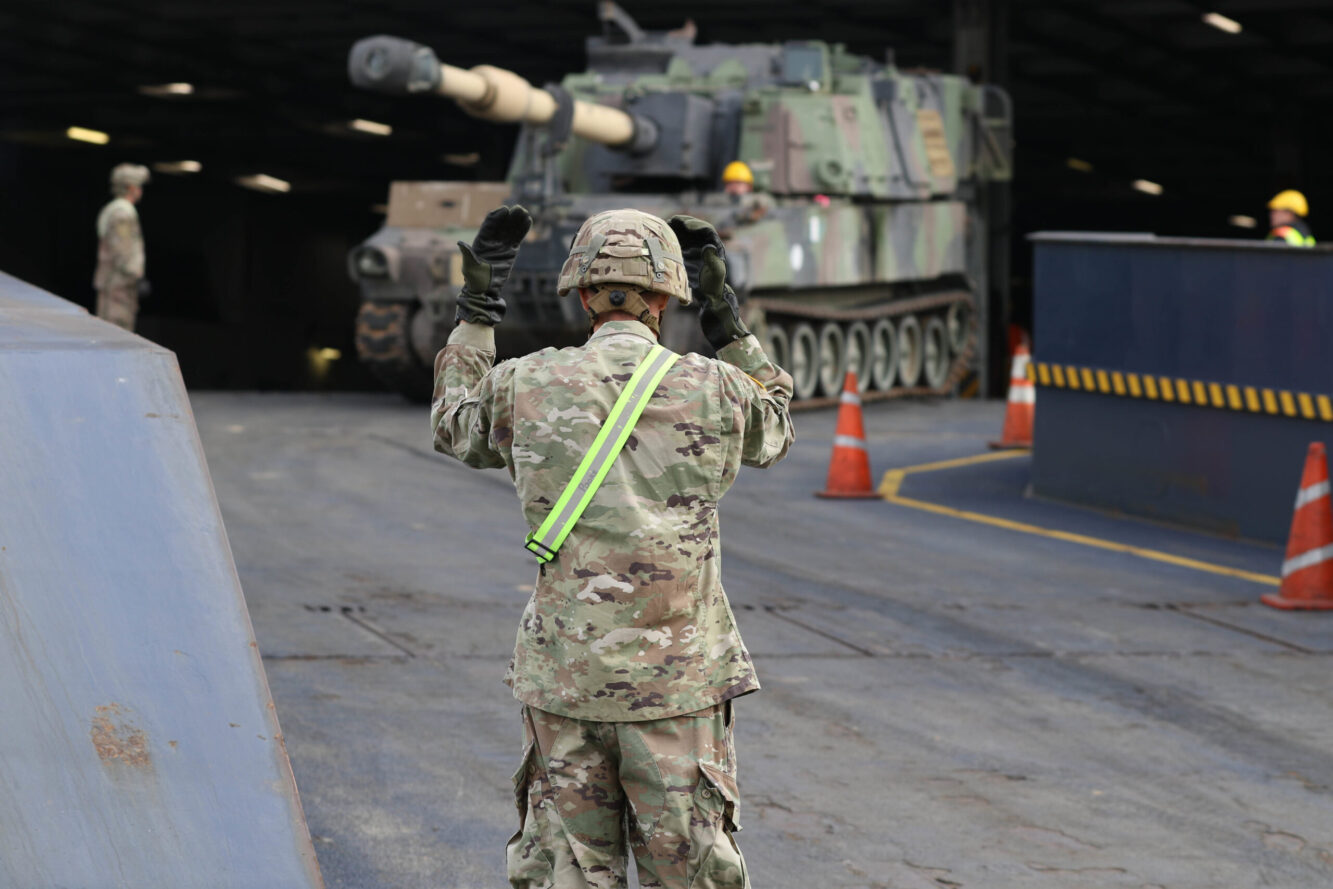

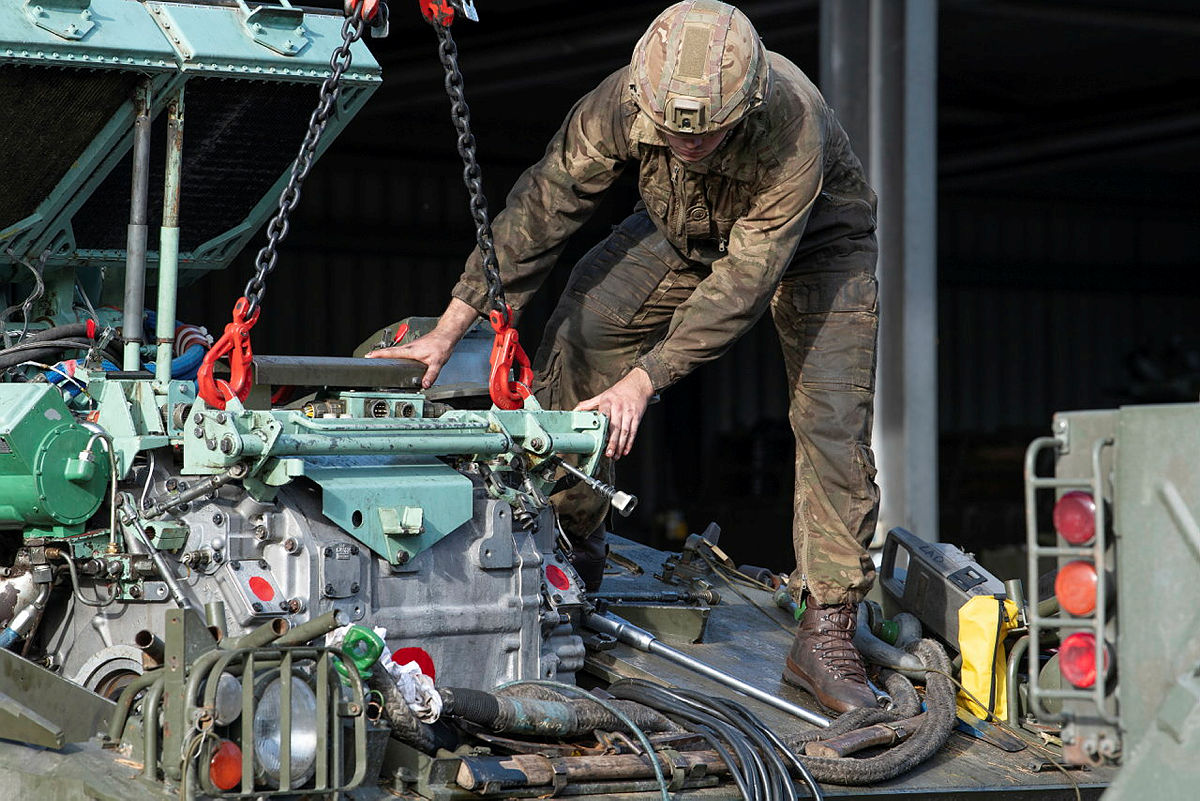














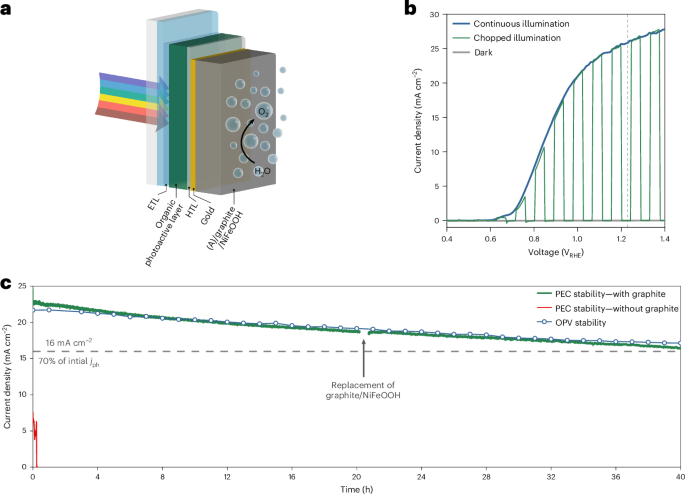
































.jpg)





